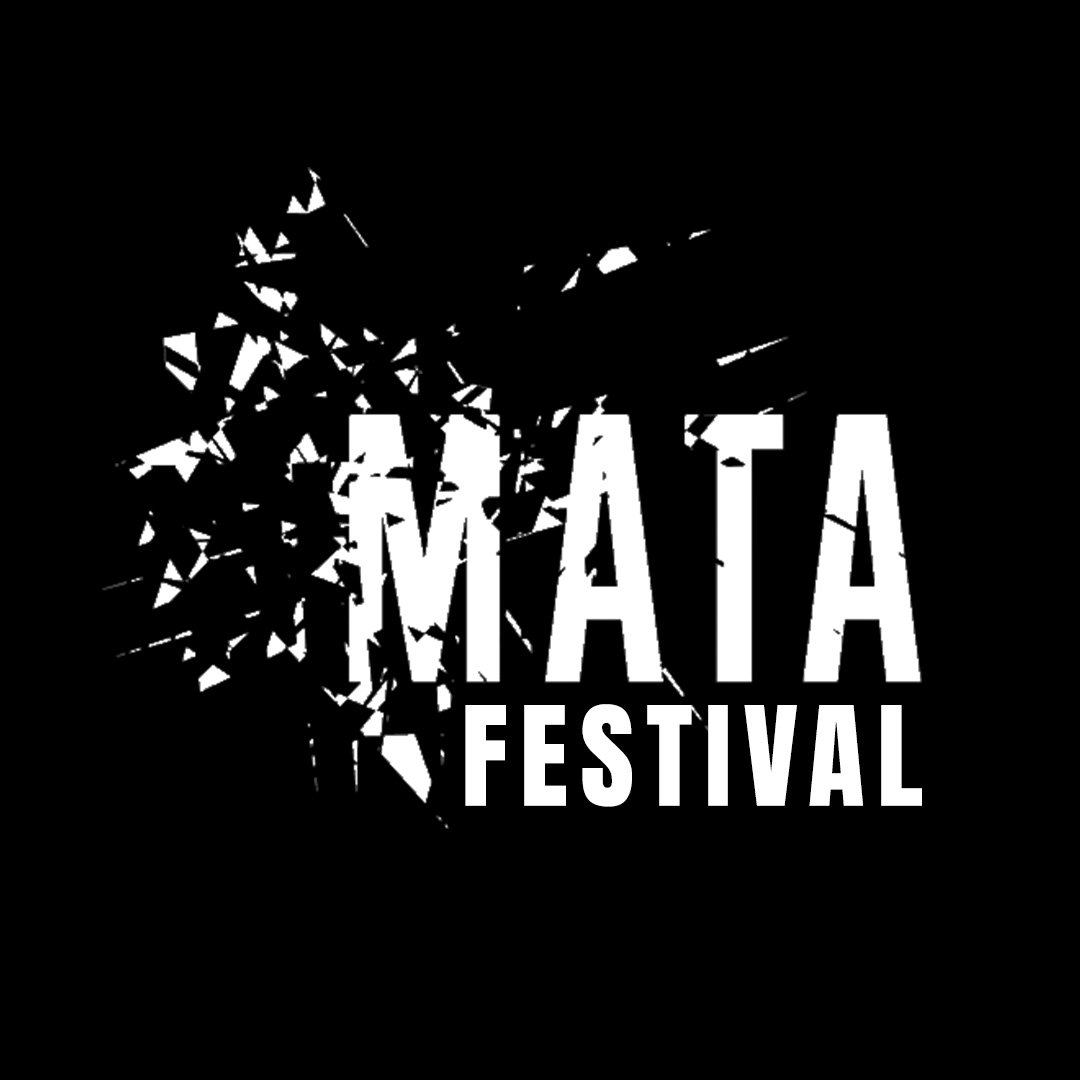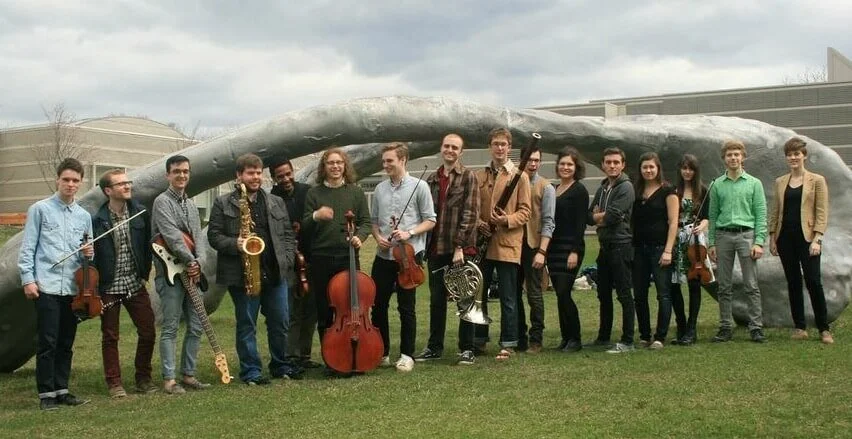Interval 6.3 Blog Post 1
At MATA Interval 6.3 on May 16th, an evening we’re sharing with the explosive C4 Choral Collective at the always hip Galapagos Art Space — a purple-lit water-filled venue that feels like a mix between a night in Bora Bora and a flight on Virgin America — Contemporaneous will be playing new music by Ryan Brown, Bryce Dessner, David Moore, and Wil Smith.The question is: how did we come up with that list?The process of programming new music is fundamentally different from that of programming old music. For the most part, the reason to program an old piece falls somewhere on the spectrum between “I’ve always wanted to play ‘insert-masterwork here” and “man, lots of people will show up if we play ‘insert-well-known-work-here.” There’s obviously some wiggle room in there, and some more out of the box thinking, such as “everyone knows ‘insert-famous composer-here’, but do they know his less talented distant relative?!” or “do they know his weirdly awful piece that he wrote as a joke?!”There happens to be an extremely long list of very amazing and very well-known pieces that have already been written, and if that’s your territory, then finding a justification for which piece you choose to program might very well be the most difficult part of the concert. In the end, it usually comes down to those two sides of proprietary appropriation — “this is our Beethoven 7,” or “Beethoven 7 is what you want to pay to hear.”Programming new music is not like that.Chances are high that most people in the audience will never have heard any of the pieces that we’ll be performing. In most cases, most of the performers have never heard any of the pieces that they’ll be performing before we email them PDFs of their parts.And that is so exciting. Programming new music is its own justification, its own idealistic utopian dream. And for all that perceived conceptualism, the programming of new music is a concrete method of bringing people together and making them feel good.When you bring new music into the world, as performers and as audience — for listening too is part of the creation — you’re making an attempt at lining people up with just the stories, passions, and experiences that they need. Within new music is the expression of a time that is uniquely our own, the sonic wind patterns of our own lives. Who can deny that feeling of hearing the perfect piece of music for your moment in time, just the right song for a Sunday afternoon, or just the right 2 hour long oratorio for a long drive? New music is about chasing that connection, and finding that harmony between yourself and someone (or everyone) else. With Beethoven, the question is “how do I relate to the music of Beethoven?” With new music, the question is “how do we, this music and I, relate to everything else?”And so when we decide that we’re going to play music by Ryan Brown, Bryce Dessner, David Moore, and Wil Smith, what we’re really saying is this:We think you’re going to love this. We think you’re going to love this because we love this and because the people that wrote this love this. We think you’re going to love this because we love this, the people that wrote this love this, and you’re just not that different from us or from the people that wrote this.Tune in next week for another blog post about why you might love each piece particularly!—Dylan Mattingly, co-artistic director, Contemporaneous

